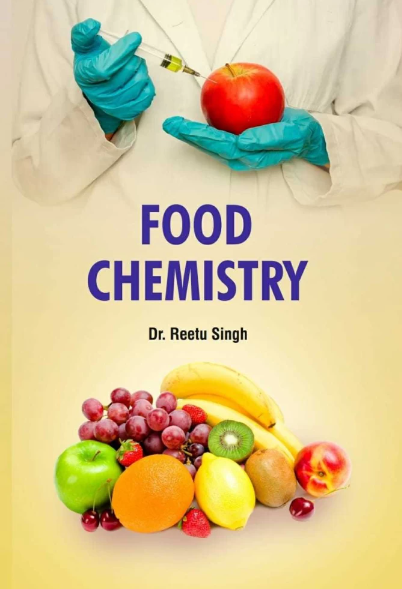Dual-color and specific luminescence detection of Pd2+ ions using iridium(III) complex-based probes in food samples
IF 8.5
1区 农林科学
Q1 CHEMISTRY, APPLIED
引用次数: 0
Abstract
The toxicity of palladium (Pd) is highly associated with its oxidative states, thus it is important to develop specific detection methods for Pd2+ ions in food and environmental systems. However, the reliable and selective detection of Pd2+ ions remains challenging. Here, we report two iridium(III) complexes with dual colors (717 nm and 637 nm) for the specific detection of Pd2+ ions, with the 3,3′-diamino group being used as a specific recognition unit for Pd2+ ions for the first time. The dual-color probes showed a luminescence quenching response to Pd2+ ions in aqueous solution within 1 min, along with an obvious color change under UV irradiation. Moreover, complexes 1–2 allow sensitive and selective detection of Pd2+ ions with a limit of detection (LOD) of 0.69 μM and 0.26 μM, respectively, showing a good linear response for Pd2+ ions in the range of 1–13 μM (R2 = 0.985) and 1–9 μM (R2 = 0.996). Finally, the probes were successfully applied for the detection of Pd2+ ions in food and environmental samples with good recoveries ranging from 85.4 to 118.7 %, providing a robust analytical tool for Pd2+ ions quantification for onsite setting.


钯(Pd)的毒性与其氧化状态密切相关,因此开发食品和环境系统中 Pd2+ 离子的特定检测方法非常重要。然而,可靠和选择性地检测 Pd2+ 离子仍然具有挑战性。在此,我们报告了两种用于特异性检测 Pd2+ 离子的双色(637 nm 和 717 nm)铱(III)配合物,其中 3,3′-二氨基首次被用作 Pd2+ 离子的特异性识别单元。双色探针在水溶液中对 Pd2+ 离子的发光淬灭反应不超过 1 分钟,并且在紫外光照射下会出现明显的颜色变化。此外,复合物 1-2 还能灵敏、选择性地检测 Pd2+ 离子,检测限(LOD)分别为 0.69 μM 和 0.26 μM,对 1-13 μM (R2 = 0.985)和 1-9 μM (R2 = 0.996)范围内的 Pd2+ 离子显示出良好的线性响应。最后,探针被成功地应用于食品和环境样品中 Pd2+ 离子的检测,回收率在 85.4% 到 118.7% 之间,为现场环境中 Pd2+ 离子的定量提供了一种可靠的分析工具。
本文章由计算机程序翻译,如有差异,请以英文原文为准。
求助全文
约1分钟内获得全文
求助全文
来源期刊

Food Chemistry
工程技术-食品科技
CiteScore
16.30
自引率
10.20%
发文量
3130
审稿时长
122 days
期刊介绍:
Food Chemistry publishes original research papers dealing with the advancement of the chemistry and biochemistry of foods or the analytical methods/ approach used. All papers should focus on the novelty of the research carried out.
 求助内容:
求助内容: 应助结果提醒方式:
应助结果提醒方式:


